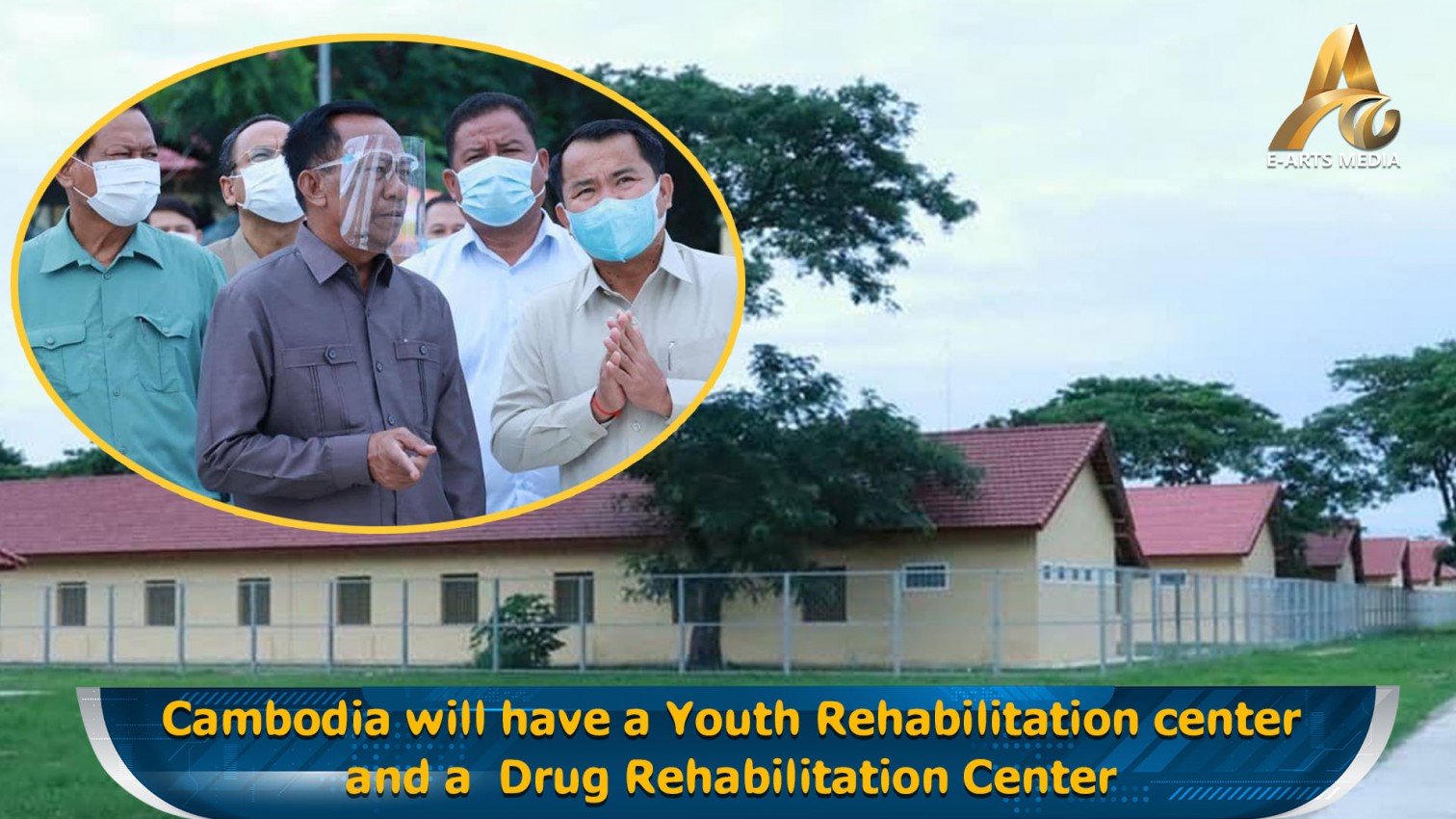SIEM REAP: The Angkor Vihara Project of the University of Toronto, Canada, in collaboration with the APSARA National Authority, is excavating an ancient Buddist temple about 200 meters east of the Bayon temple. Research was conducted to understand the role of the structures and ancient terrace platform in the west of the Buddhist temple, with interest in finding out more about the evolution of Buddhism in the late Angkorian period.
The APSARA National Authority made a post on its official Facebook page on Thursday, 9 February 2023, sharing some findings about this temple excavation project conducted in collaboration with the University of Toronto.
The Director of the Angkor Vihara Project, Andrew Harris, said that this was the third excavation project on the Buddhist temple in Angkor Thom. He explained that this excavation was aimed at understanding the role of the terrace platform and the Buddhist temple platform, to learn more about the age and role of these structures.
This also included a study on the role, function, and age of another platform separated from the ancient Buddhist temple construction, to understand the temple’s use for the community of people who lived around it.
Harris further explained the findings of the study, such as the discovery of fragment tiles on the terrace platform, which proved that there was once a tiled wooden structure there. In addition to pieces of Khmer and Chinese ceramics, the team also encountered evidence of the use of post-Angkorian ceramics from the 16th to 17th centuries in layers of the ground near the site.
He explained that in the post-Angkorian period, the remains of the dead were placed inside these kinds of ceramics and buried in the ground around the terrace platform according to Buddhist tradition. In addition, the excavation team also found traces of water flowing in and out of a large pond nearby in front of the structure.
This collaborative study on the construction of Angkorian Buddhist temples reveals some evidence regarding the evolution of religious society in the late Angkorian period and continued human society after the capital's relocation to the south.
Harris explained that in the past, researchers believed Angkor was abandoned and uninhabited, however, recent studies by national and international researchers, including three by the Angkor Vihara project, have found evidence that could substantiate the practice of Buddhist religion based on found temple structures, from the end of the 13th century to the end of the 14th century and especially in the 16th century.
Each temple in Angkor Thom has a confirmed age of construction in the late Angkorian period, and there is also evidence of a small number of structures from the post-Angkorian period. Some temples were, of course, renovated or built after the presence of King Ang Chan, the royal family, and Buddhists in the old capital.
Recent discoveries by national and international research teams have provided the possibility to compile a new kind of history on a temple in the capital of Angkor, built in the post-Angkorian period in line with the return of King Ang Chan, and the repair and restoration of shrines in Angkor Wat, including the construction of large Buddha statues on Phnom Bakheng, Baphuon, and the temples around Bayon.
According to previous research, it was estimated that the number of Buddhist temples on the walls of Angkor Thom was between 62 and 72. But until now, there was little research on the mounds of those temples and it was a new topic for national and international research teams to work together to better understand the society of the Khmer ancestors in the capital of Angkor in the late Angkor and post-Angkor period.
























